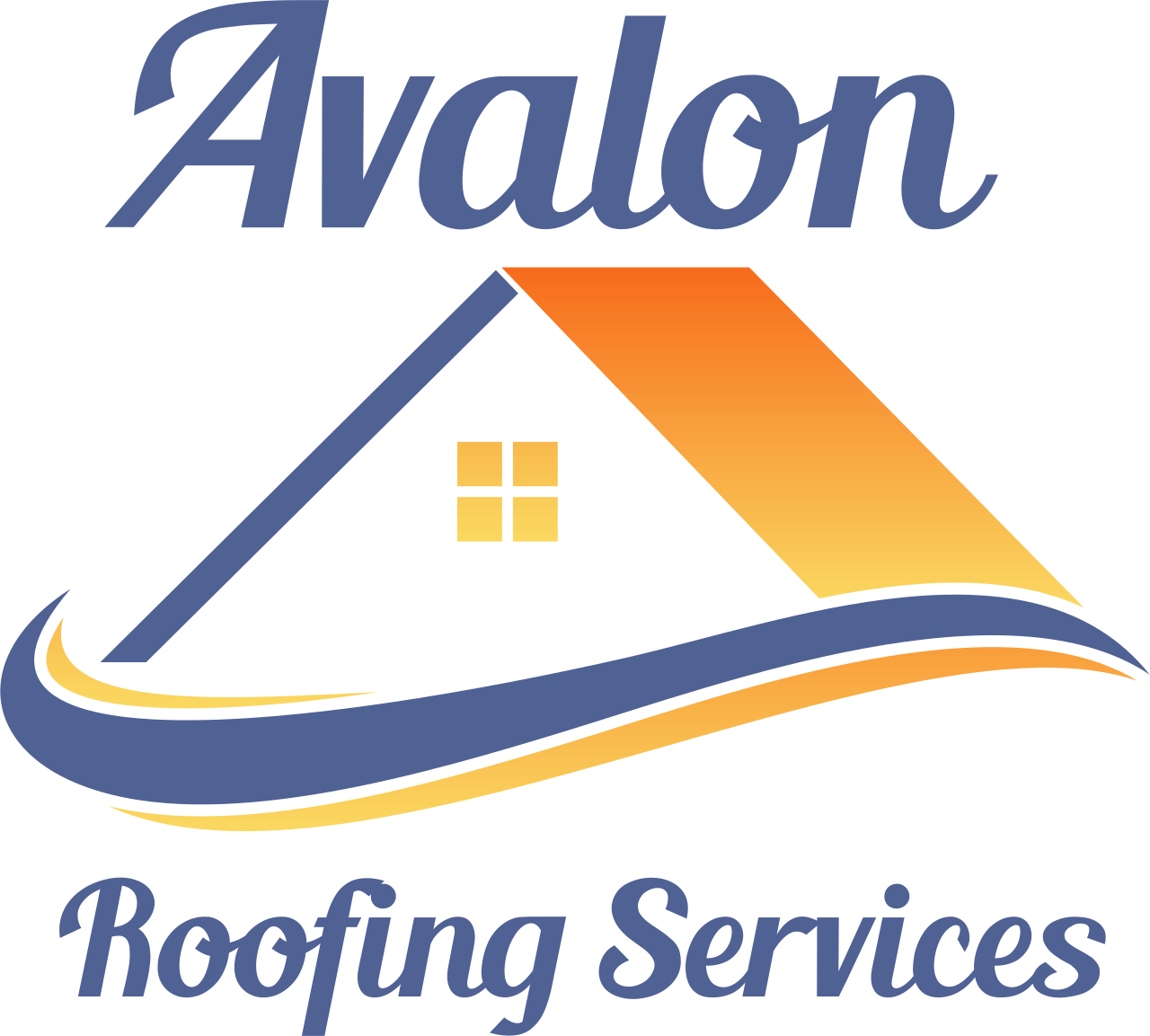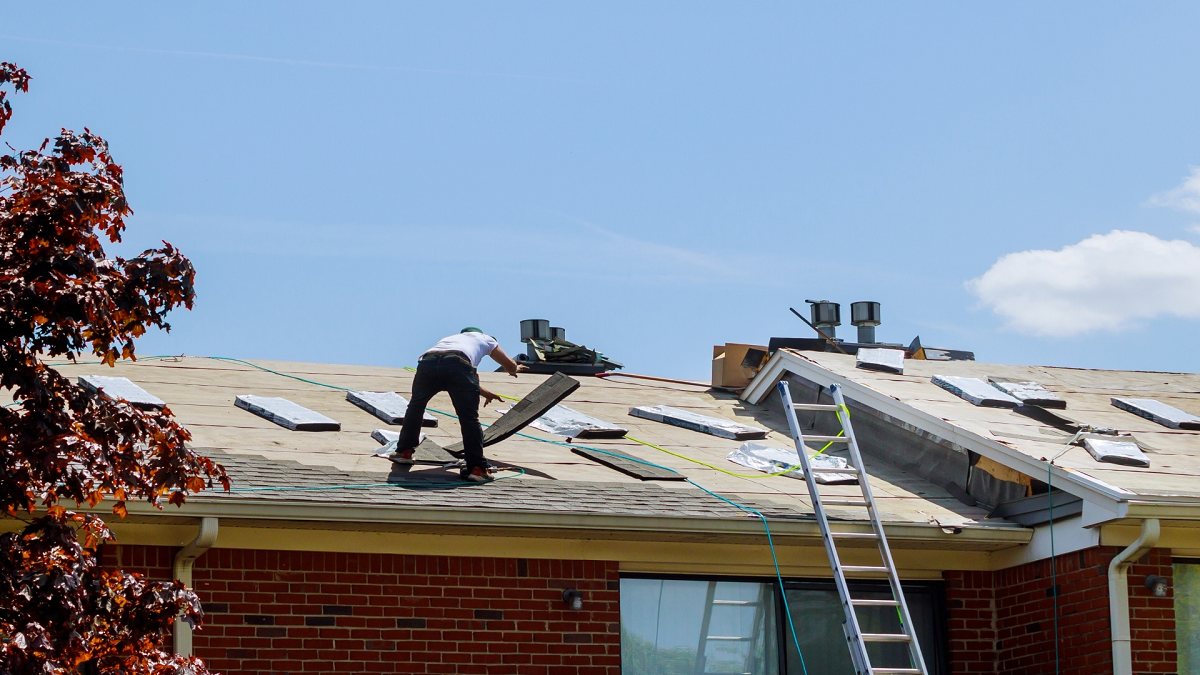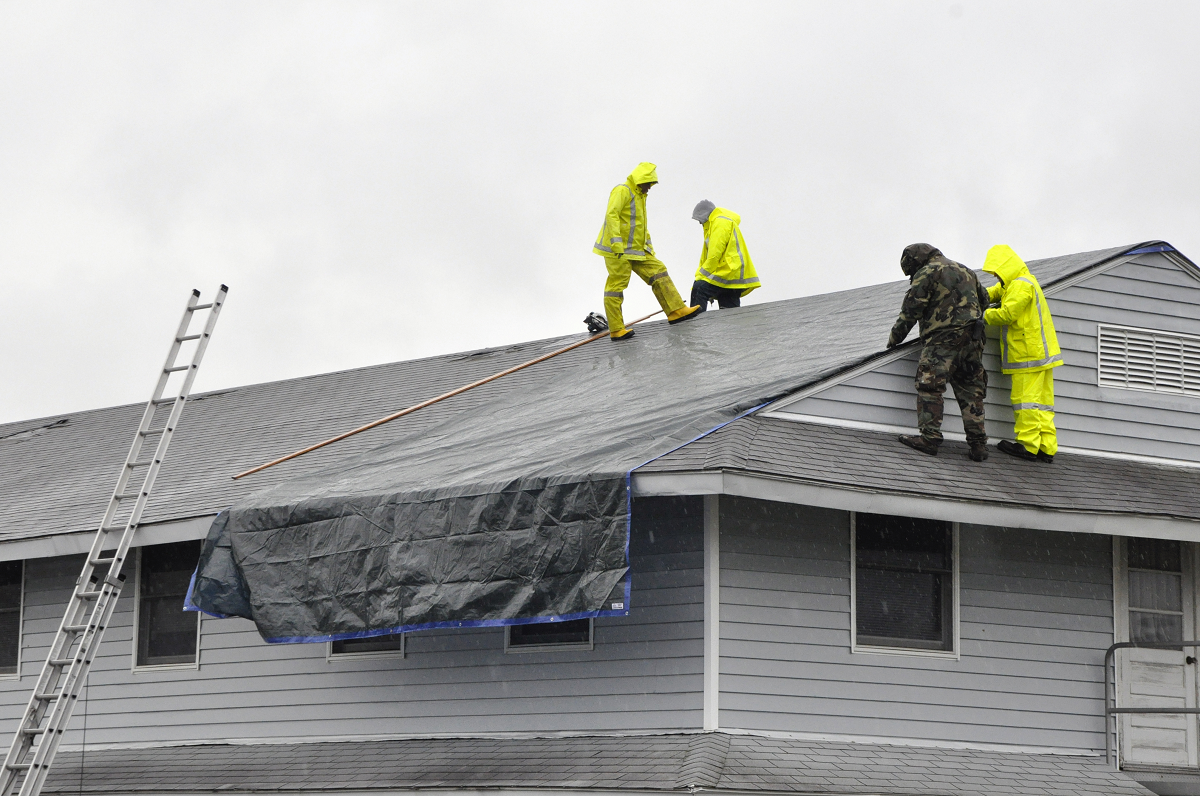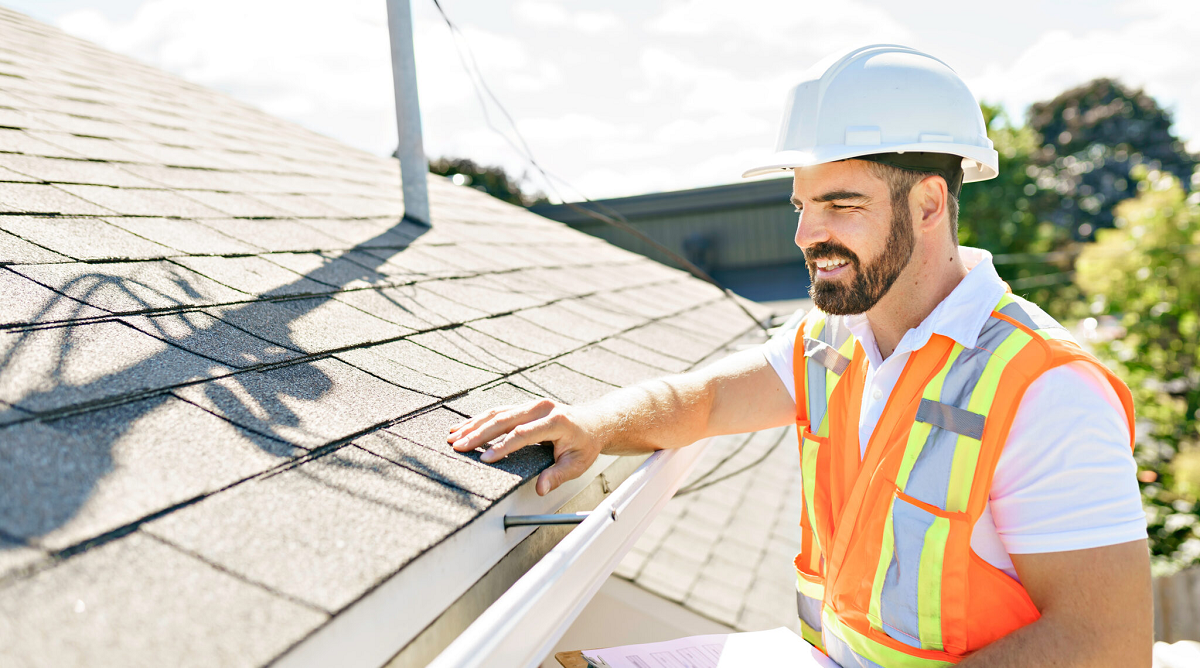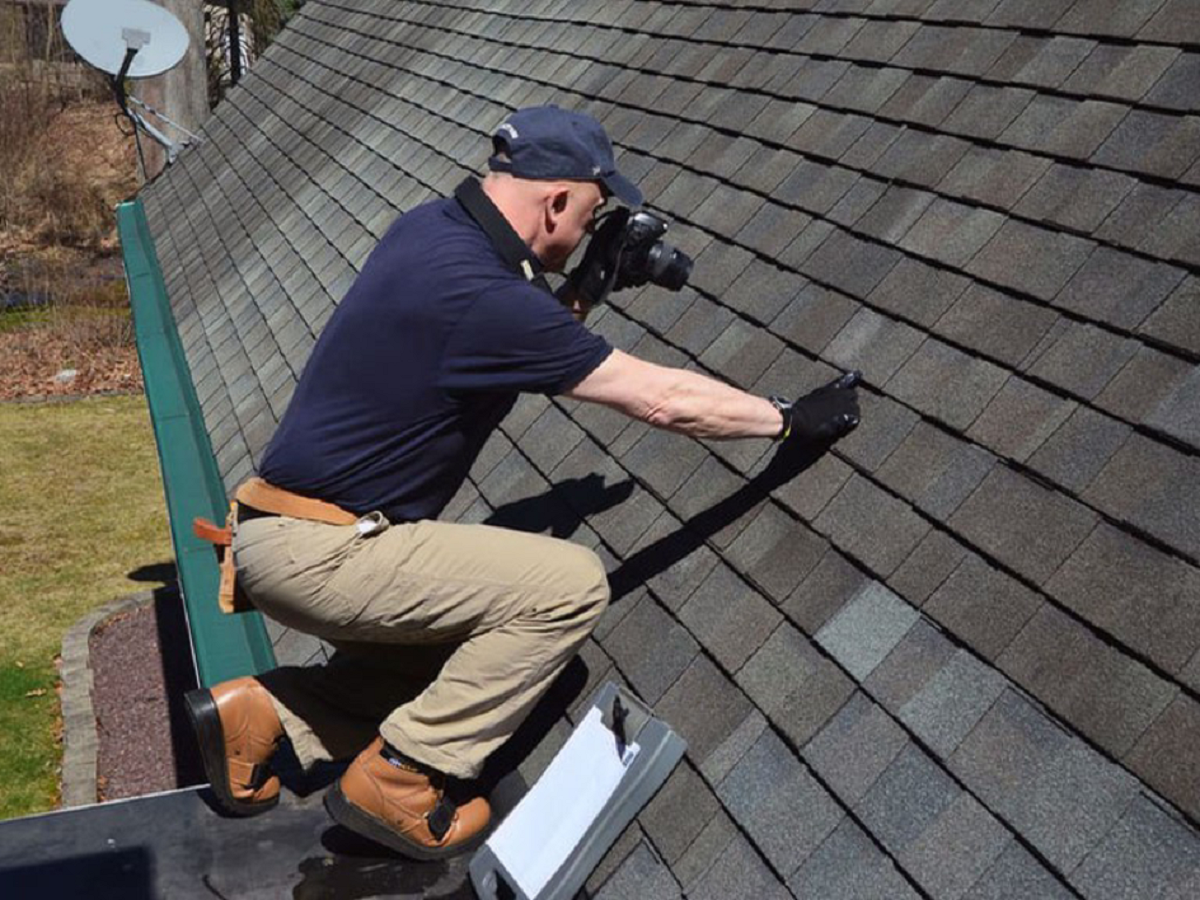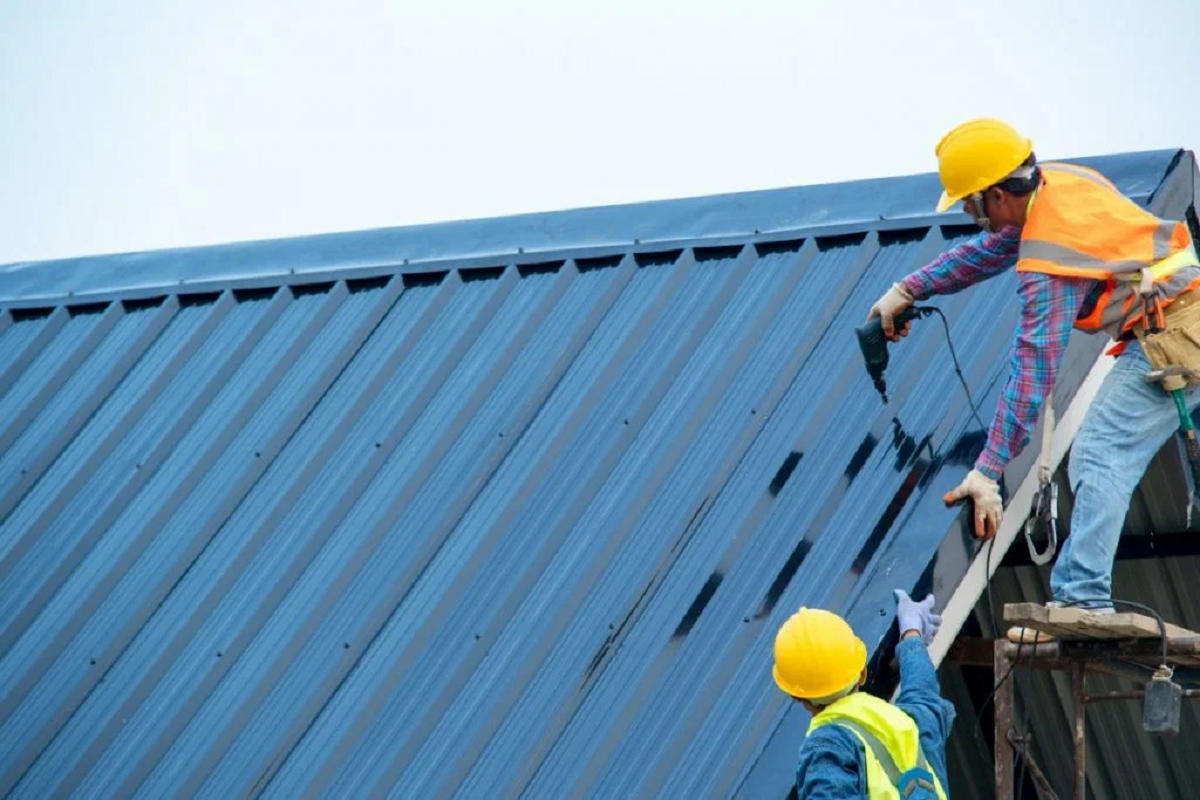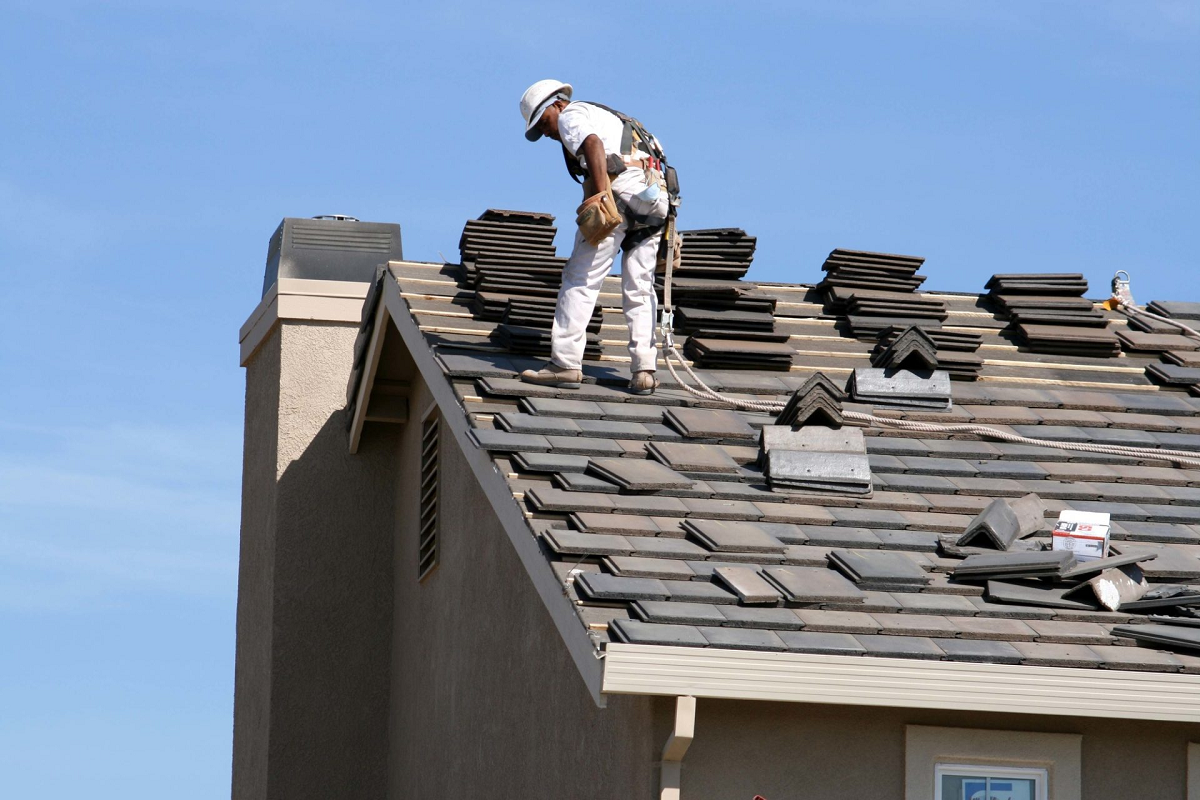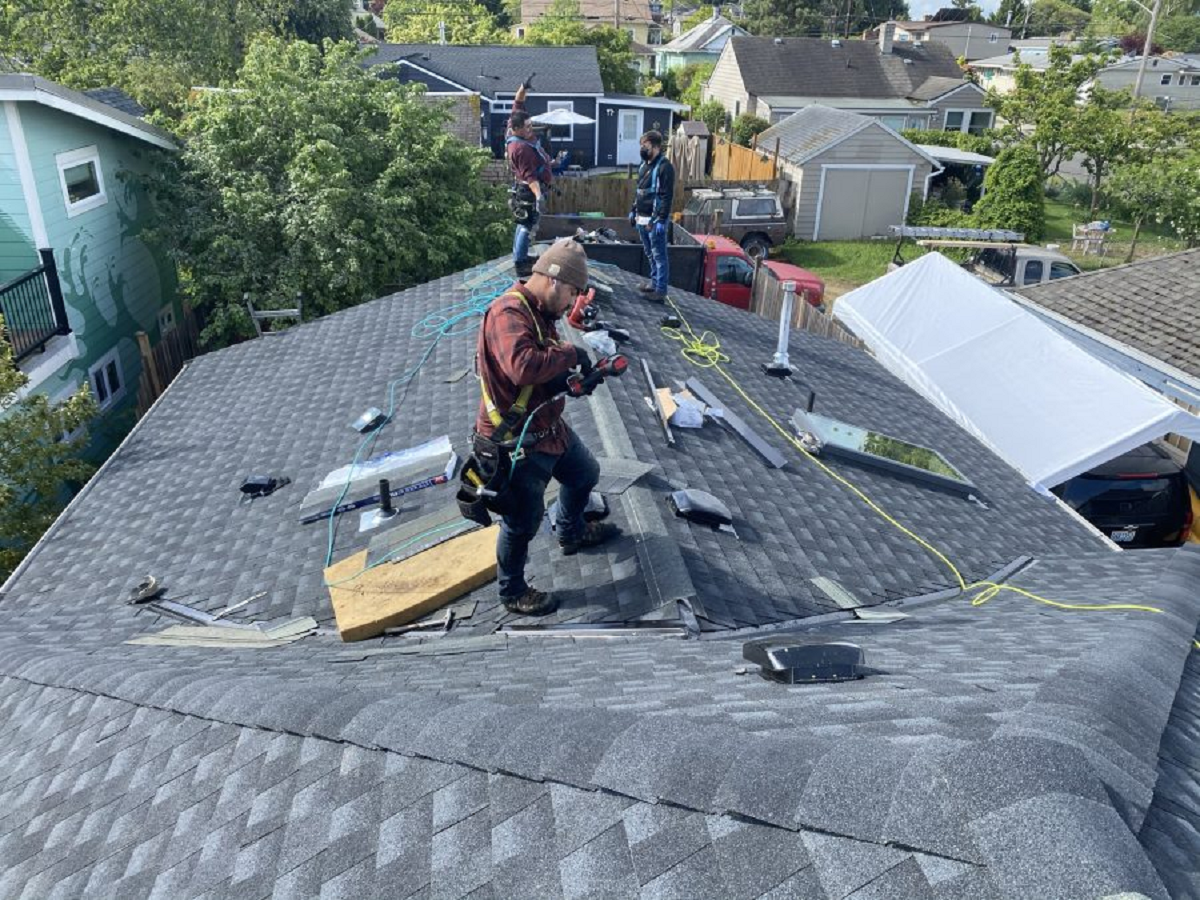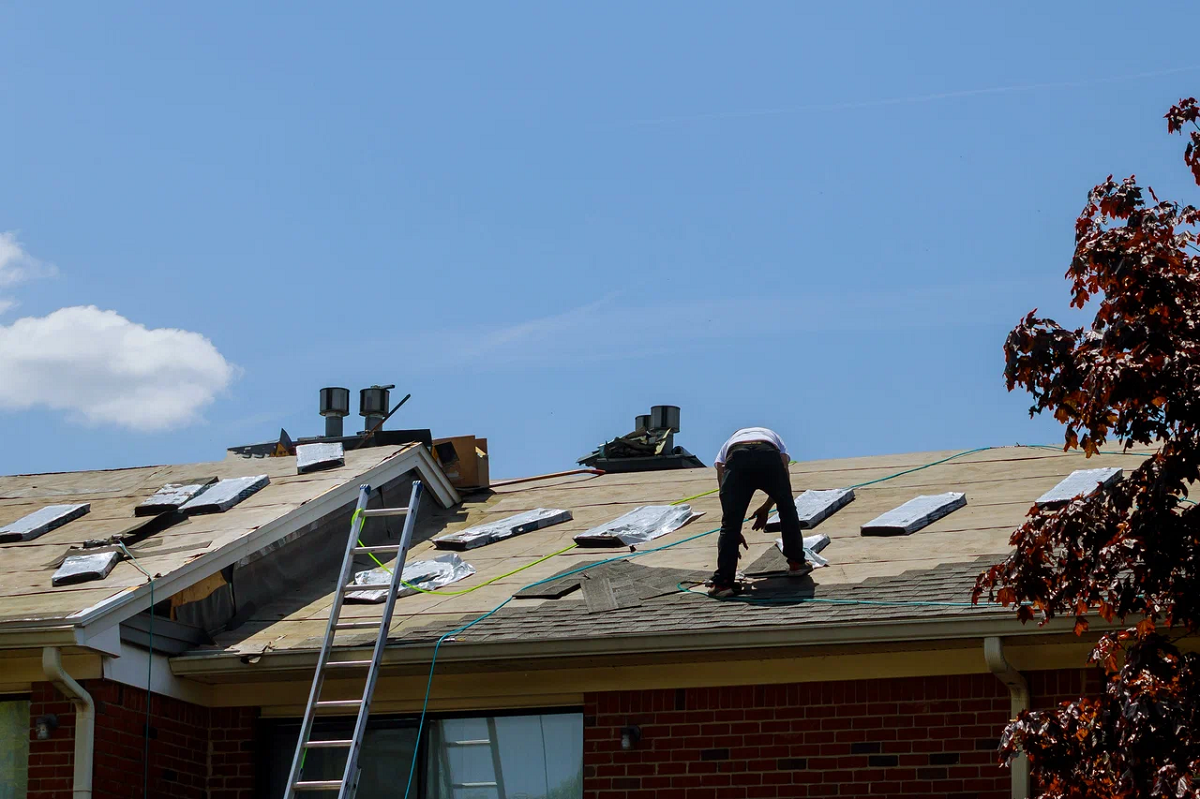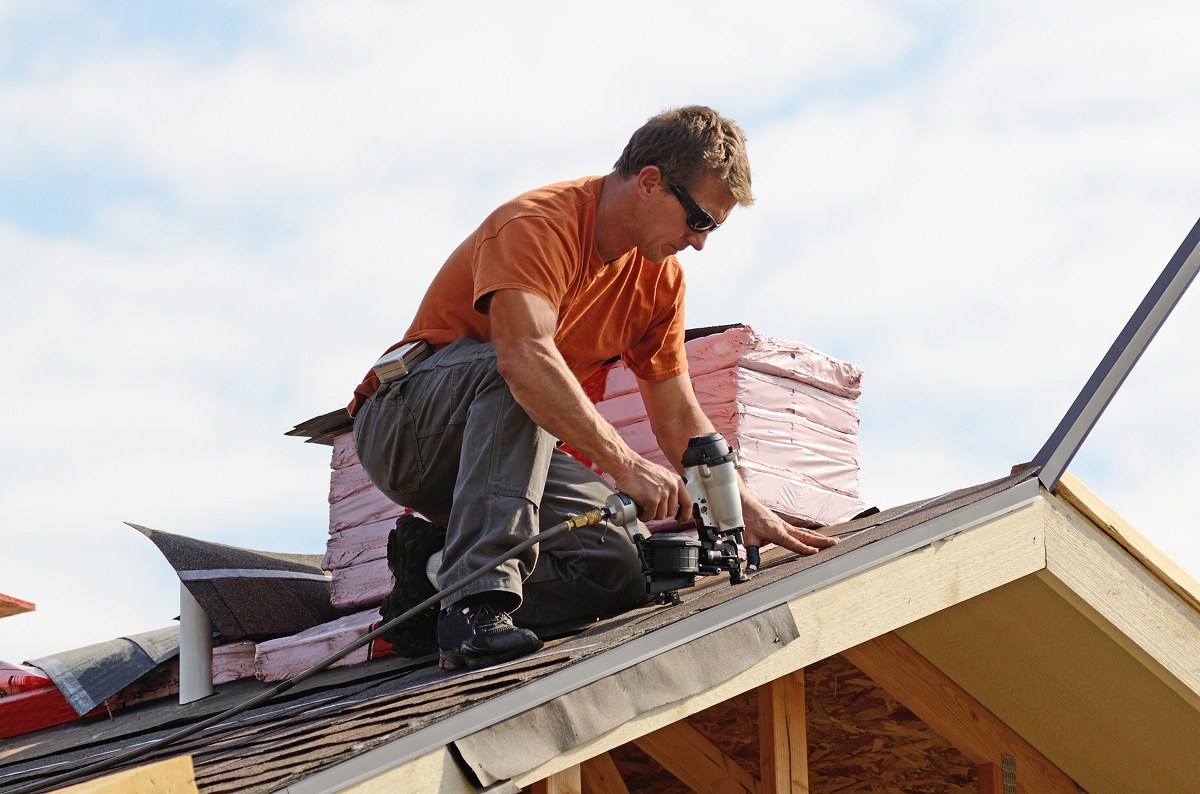Roofing Material Comparison: Rolled Roofing vs. Asphalt Shingles
jeremy parker • April 24, 2024
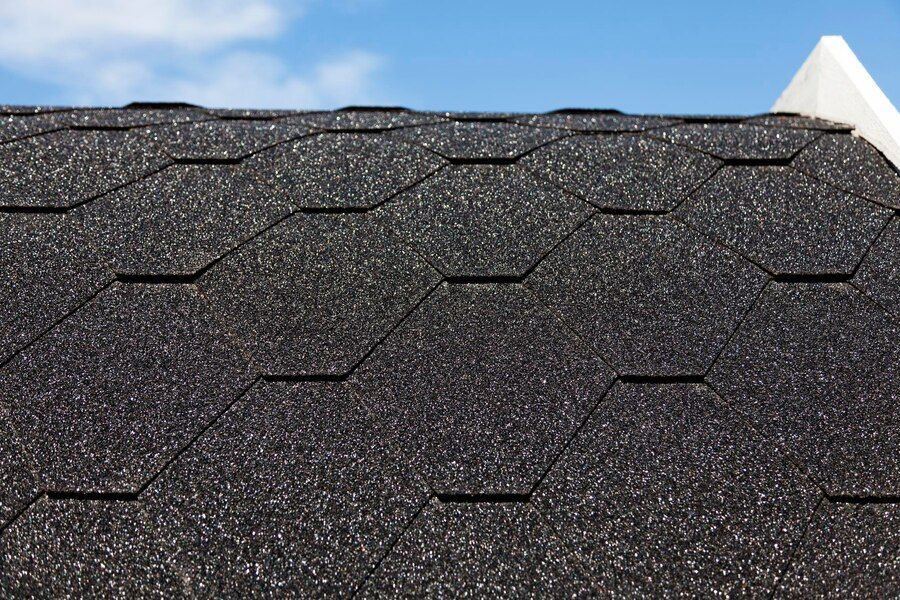
Composition and Materials
Durability and Longevity
Installation Process
- Preparation: The roof deck is inspected for any damage and prepared for the installation of the roofing materials.
- Underlayment: A waterproof underlayment is applied to create a protective barrier against moisture infiltration.
- Installation Technique: Rolled roofing is typically installed using nails, adhesive, or torch-applied methods, while asphalt shingles are layered over the roof deck, starting from the bottom and overlapping each row.
- Attention to Detail: Precision and attention to detail are crucial during installation to ensure proper waterproofing and longevity of the roof.
- Professional Expertise: While rolled roofing may be suitable for DIY projects, asphalt shingle installation often requires professional expertise to achieve optimal results.
Cost Considerations
Maintenance Requirements
- Inspections: Conduct regular visual inspections of your roof to check for signs of damage or wear, such as cracked or missing shingles, rust spots, or leaks.
- Cleaning: Remove debris, leaves, and branches from your roof and gutters to prevent water buildup and potential damage.
- Repairs: Promptly address any issues identified during inspections to prevent them from worsening and causing further damage to your roof.
- Moss and Algae Removal: Clean moss, algae, and mildew growth from your roof to prevent moisture retention and potential rot.
- Professional Maintenance: Consider scheduling annual or biannual professional roof inspections and maintenance to ensure thorough assessment and upkeep of your roof's condition.
Aesthetic Appeal and Style Options
Climate Suitability
Environmental Impact
Warranty and Lifespan
Performance in Extreme Conditions

When homeowners think about roofing, their first thought is often about materials, installation, or repairs. But one of the most valuable steps—often overlooked—is a thorough roofing consultation . At Avalon Roofing Services, we’ve seen firsthand how a detailed consultation sets the stage for smarter decisions, longer-lasting roofs, and more satisfied clients. With our years of experience serving Central California, we know that the success of any roofing project begins with good planning and expert advice. In this article, we’ll walk you through what a roofing consultation includes, why it’s essential, and how we ensure it brings genuine value to you. The Role of a Roofing Consultation in Your Project A roofing consultation is more than just an estimate or sales pitch—it’s a guided conversation and inspection that helps homeowners understand the current condition of their roof, potential problem areas, and the best solutions available based on their needs and budget. At Avalon Roofing Services, we take consultations seriously because we know that a well-informed customer is a confident one. During a consultation, our team conducts a comprehensive inspection of your roof, attic (when applicable), drainage systems, and surrounding structures. We document any wear, weather damage, ventilation issues, and even minor concerns that could lead to bigger problems down the road. After that, we sit down with you to explain what we found, answer your questions, and present clear options. This process helps us build trust with our clients while ensuring the project starts off with clarity and purpose. Why Choose Avalon Roofing Services for Your Roofing Consultation? We’ve built our reputation by combining technical knowledge with practical experience. Every consultation we offer is grounded in years of hands-on work and a commitment to giving honest, straightforward advice. Here’s how we stand out when it comes to roofing consultations: Expertise You Can Rely On : Our team stays up-to-date with the latest roofing systems, safety codes, and industry best practices. Whether it’s a traditional shingle roof or a modern metal system, we’ve worked on it—and we know what to look for. Experience Across Roof Types and Conditions : Central California weather can be unpredictable, and roofing issues vary widely across different types of properties. We bring local knowledge that matters, from understanding wind uplift near the foothills to addressing sun damage in open neighborhoods. Clear, Honest Communication : We don’t just tell you what needs fixing—we show you. Using photos, videos, and easy-to-understand explanations, we take the guesswork out of roofing decisions. Customized Recommendations : We recognize that every home and every budget is different. That’s why we don’t push a one-size-fits-all solution. Instead, we present multiple options tailored to your goals. What to Expect During a Roofing Consultation When we visit your property for a consultation, here’s a breakdown of what the process typically includes: Initial Discussion : We talk with you to understand any concerns you have, your goals for the project, and your timeline. Roof Inspection : Our team inspects every aspect of the roofing system—shingles, flashing, gutters, underlayment, and structural elements. Ventilation and Insulation Review : Proper airflow and insulation can make a big difference in both the performance and longevity of your roof. We check attic spaces and ventilation points to ensure they’re up to par. Documentation and Reporting : We take photos and notes, pointing out any wear, water intrusion, or damage that needs attention. Solution Planning : Based on our findings, we provide you with a few clearly outlined solutions—ranging from minor repairs to full replacement if necessary. Estimate and Timeline : We give you a detailed quote with no hidden fees and realistic timelines so you know what to expect from day one. This transparent, step-by-step approach helps prevent miscommunication and gives you confidence moving forward. Common Issues We Identify During Consultations Through our roofing consultations , we often identify issues that homeowners didn’t know were developing. Catching these early helps avoid more costly repairs in the future. Some common issues include:
